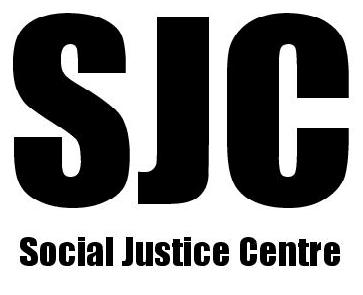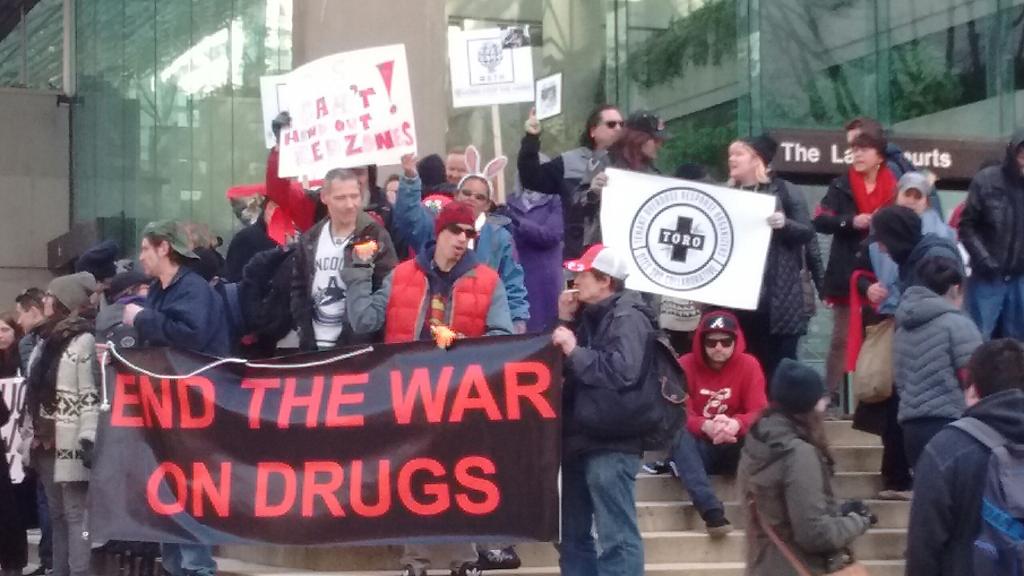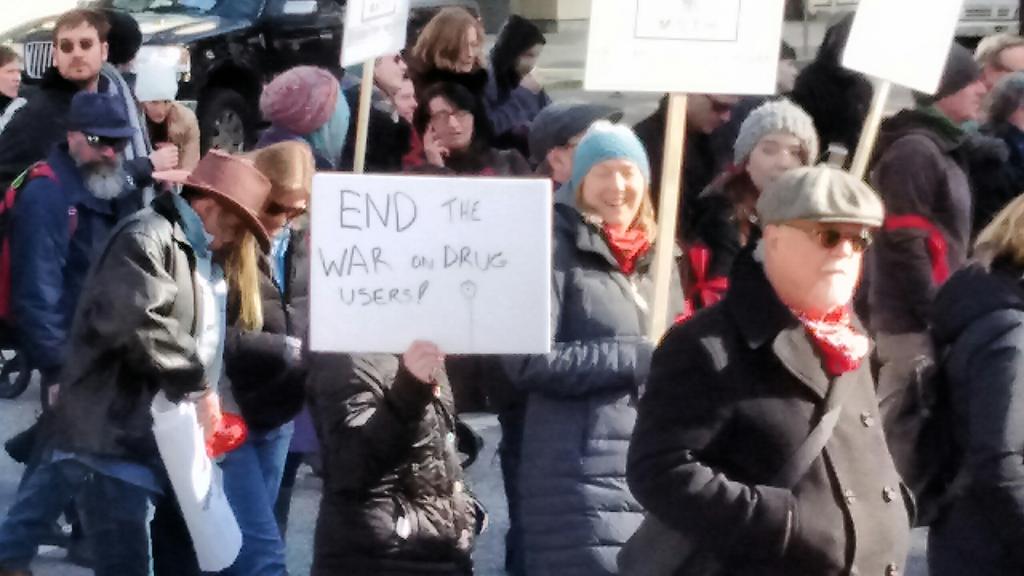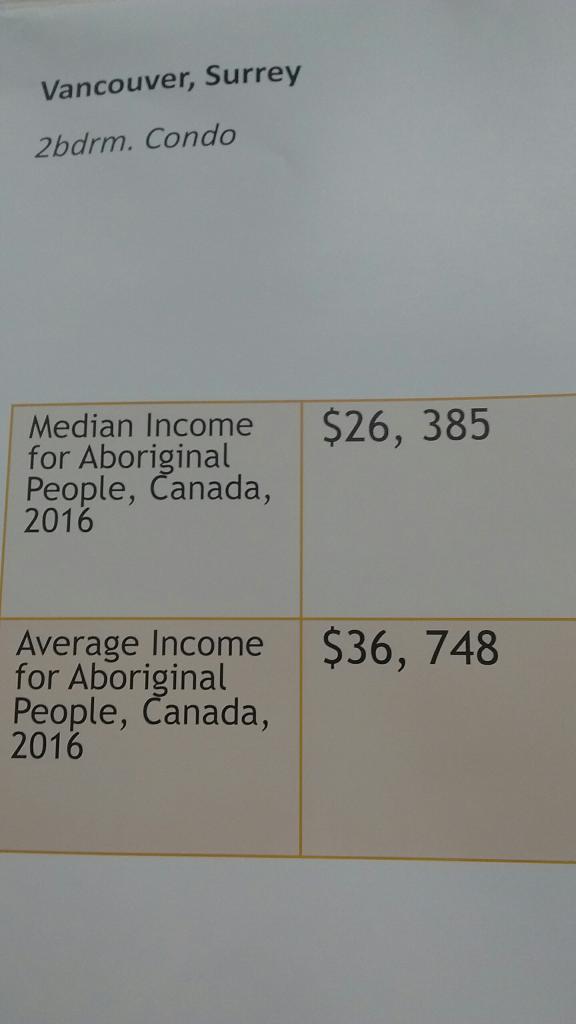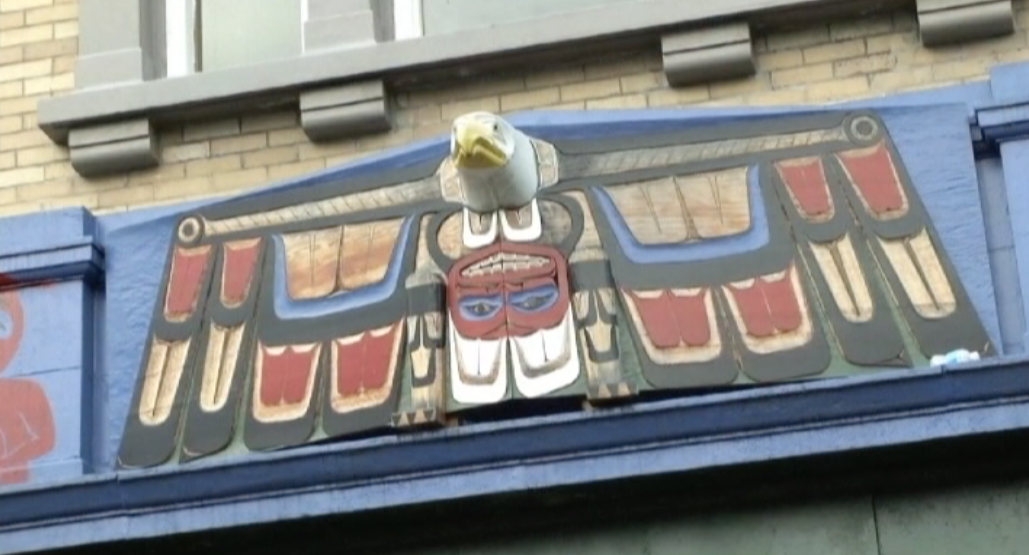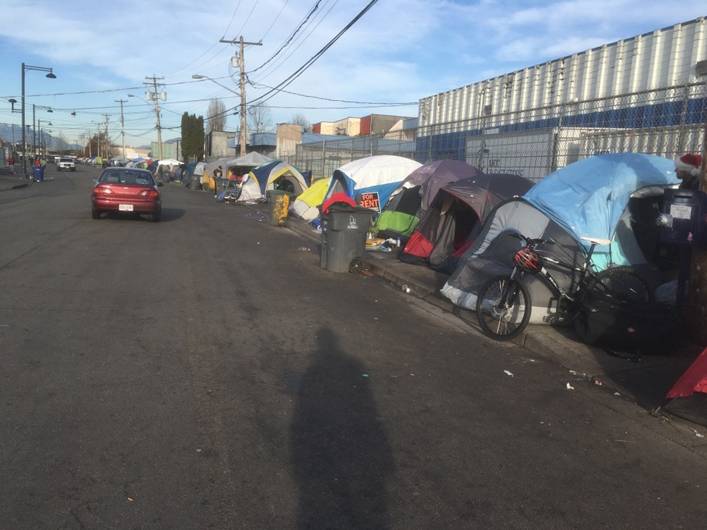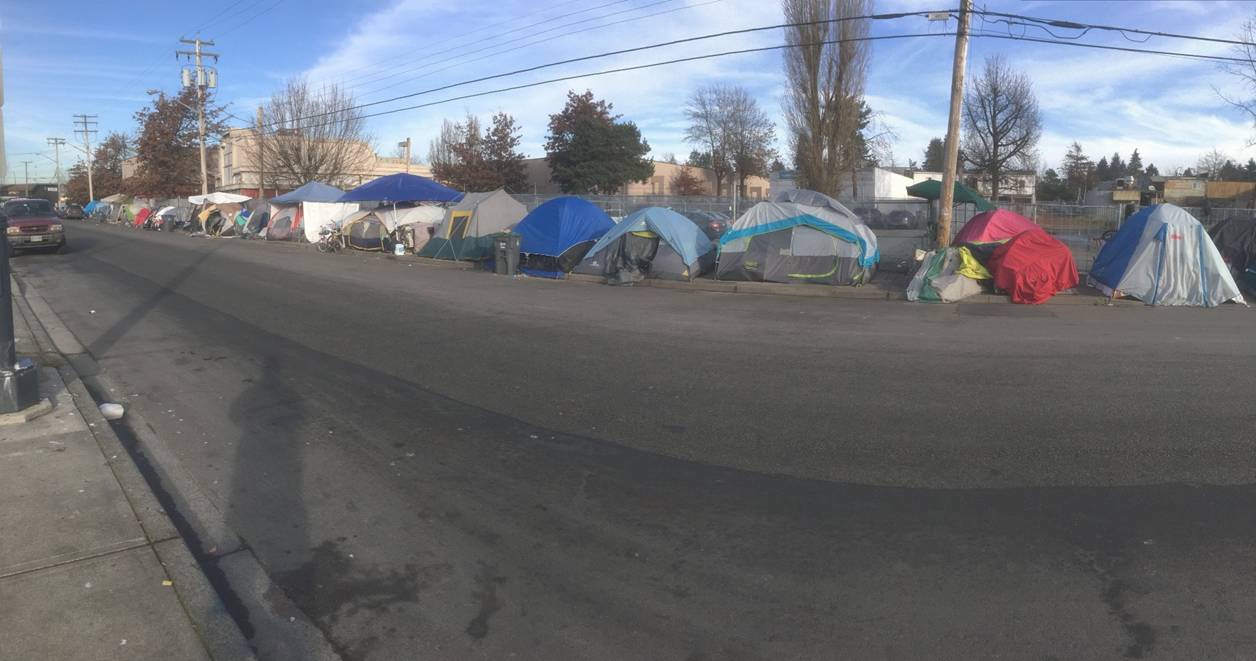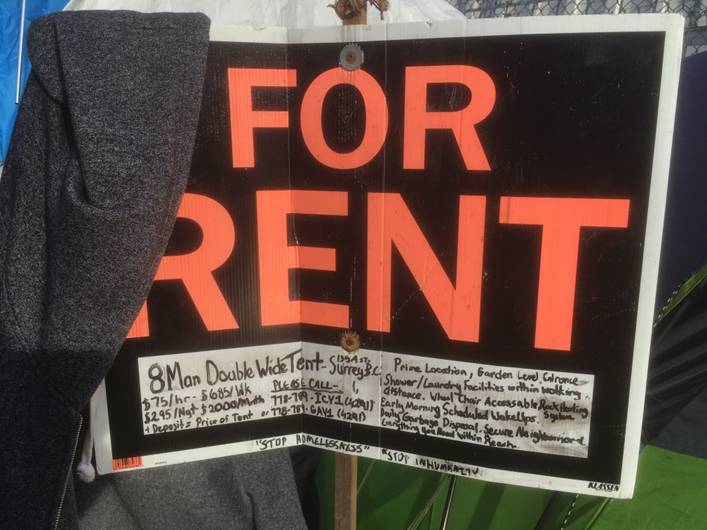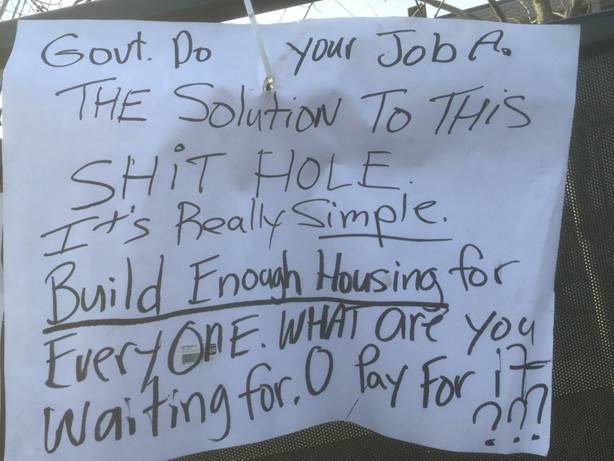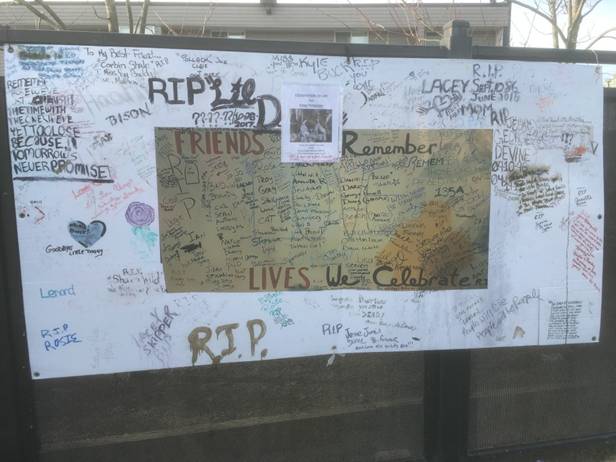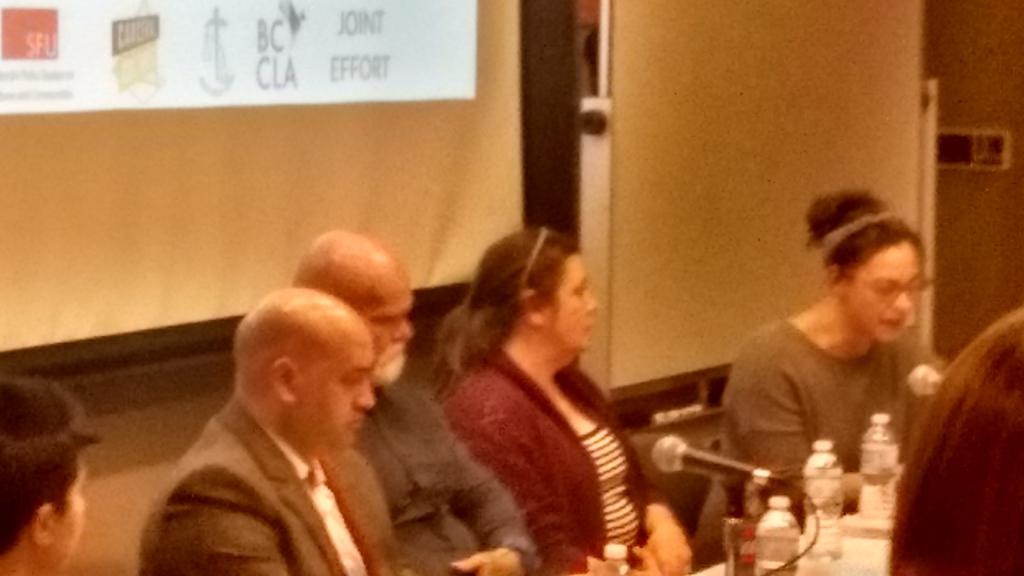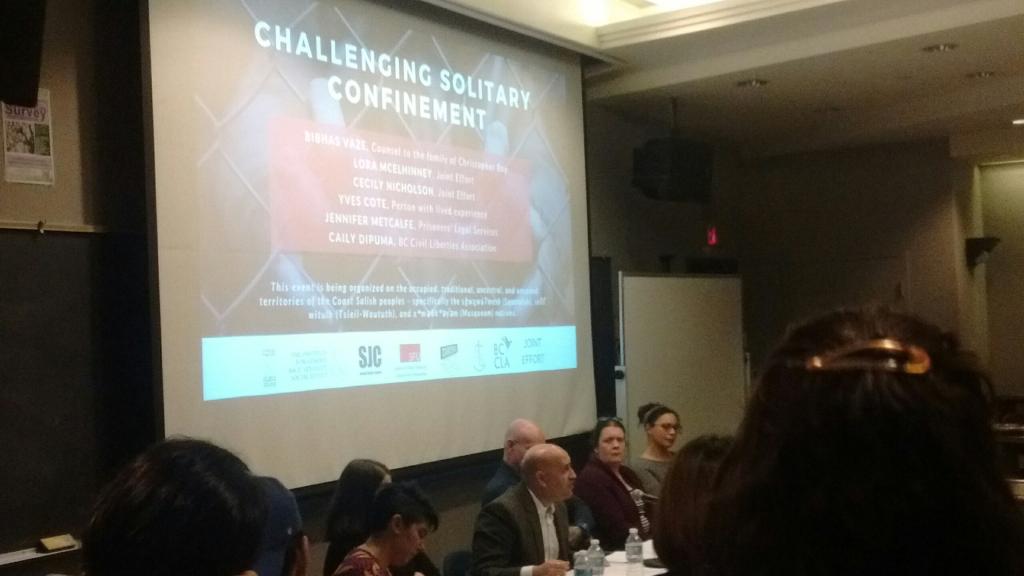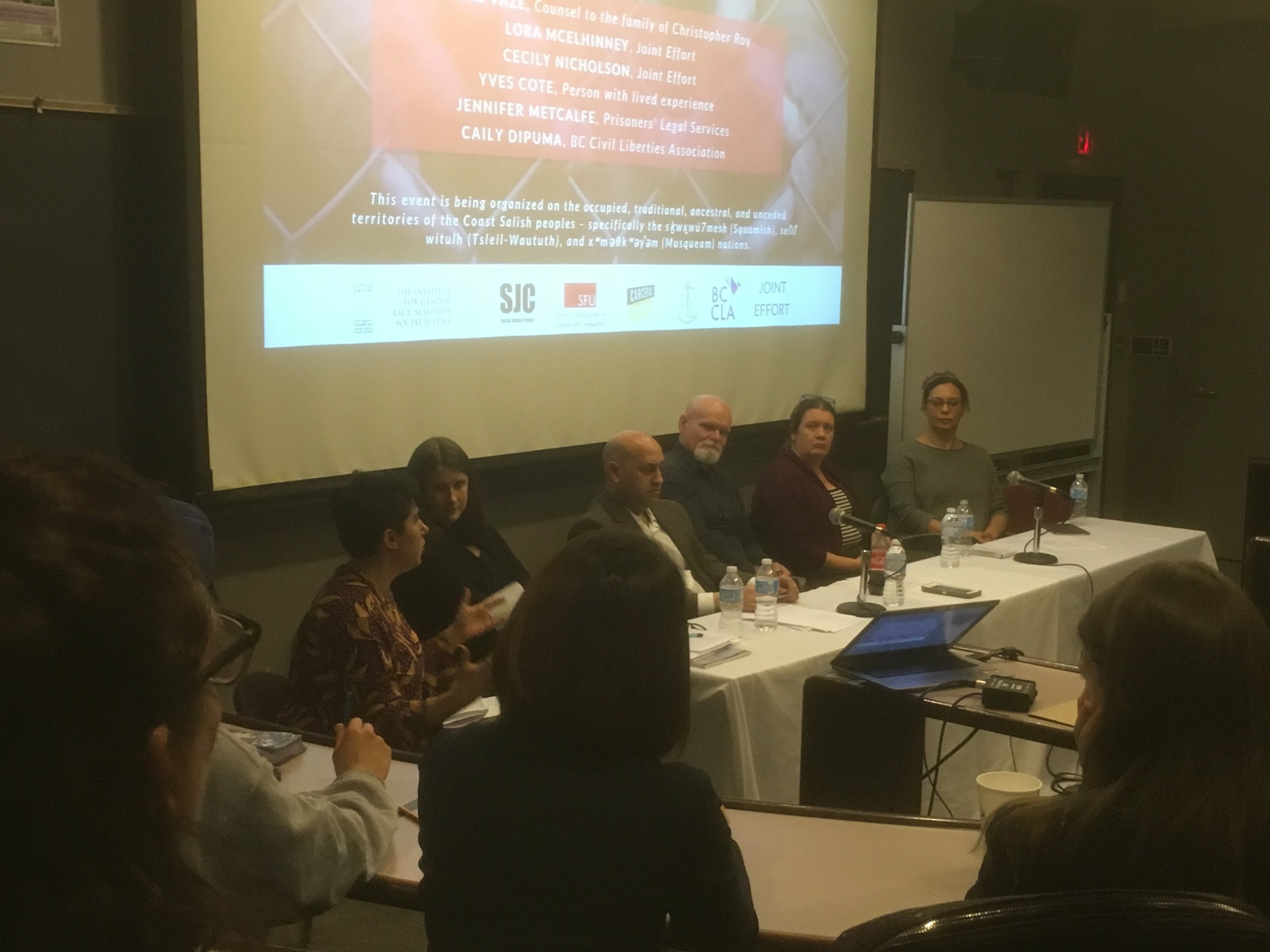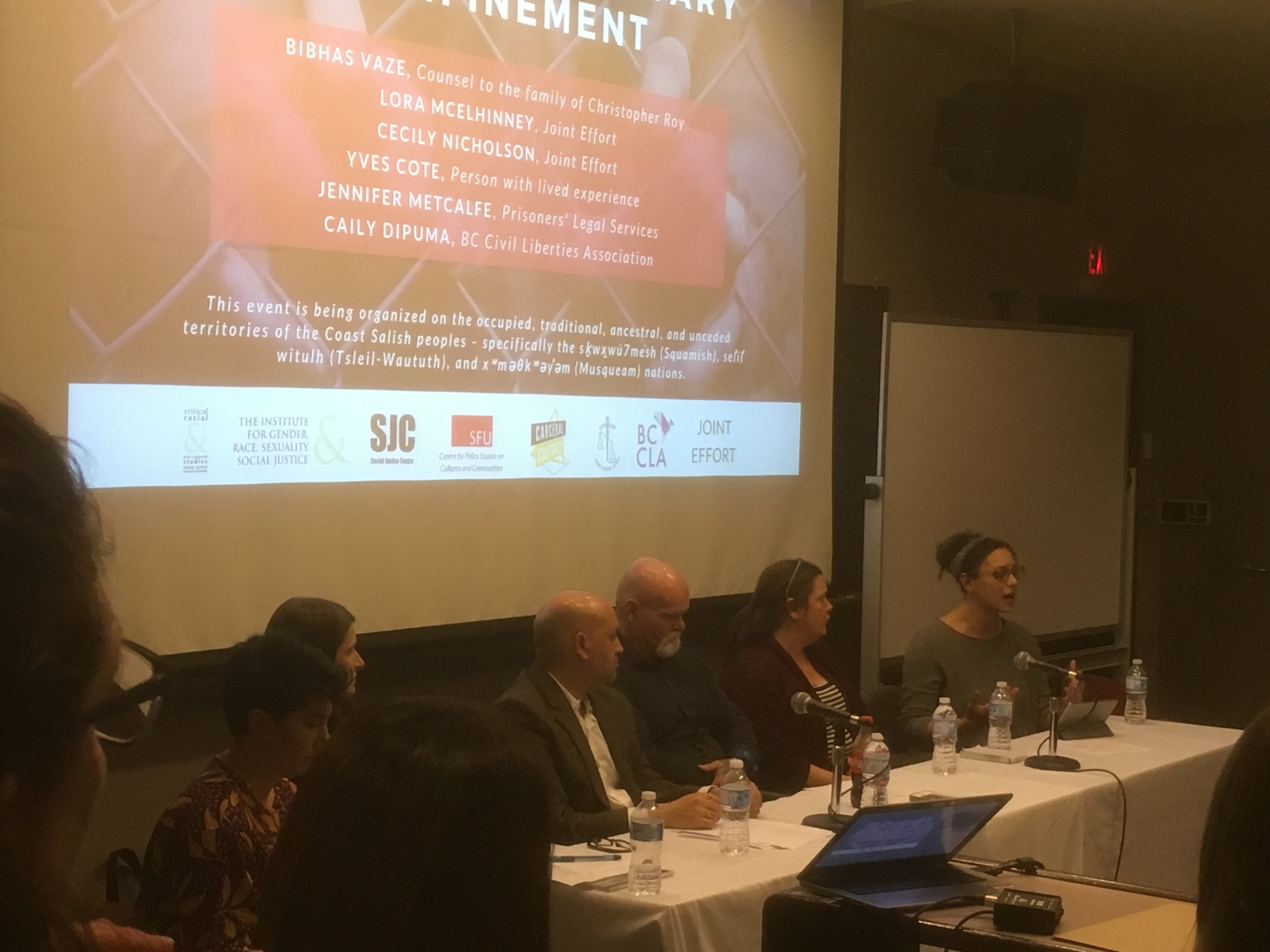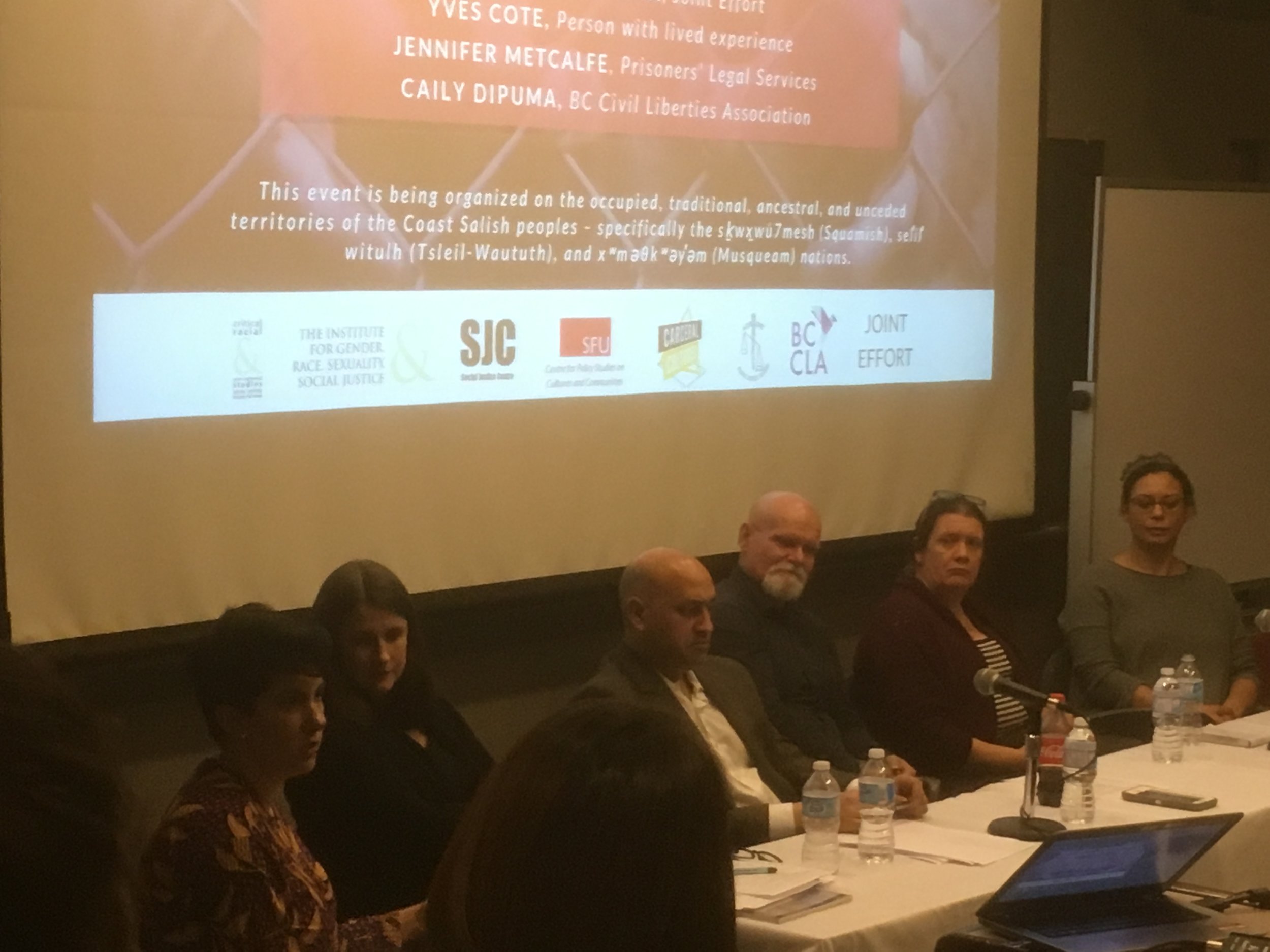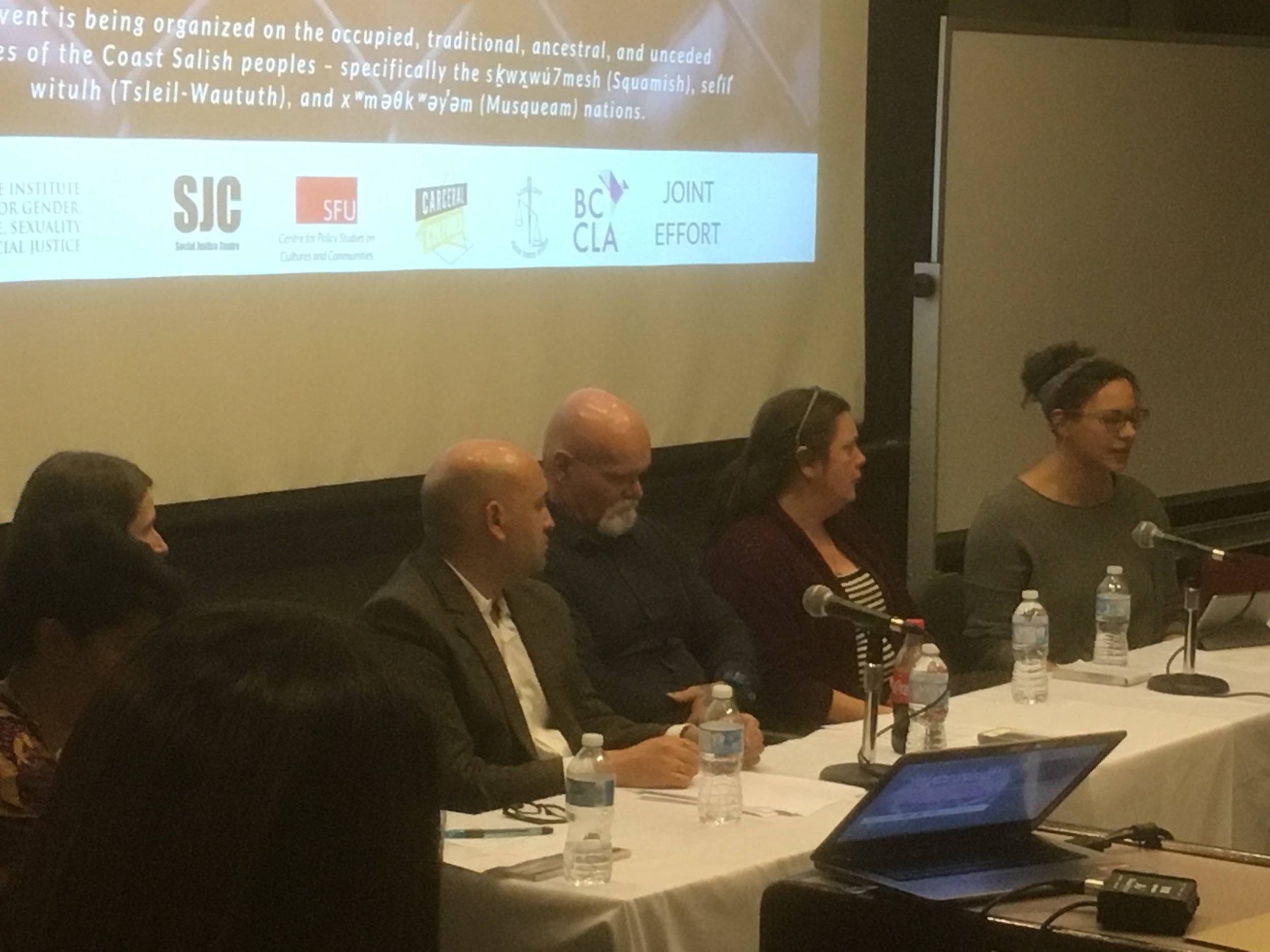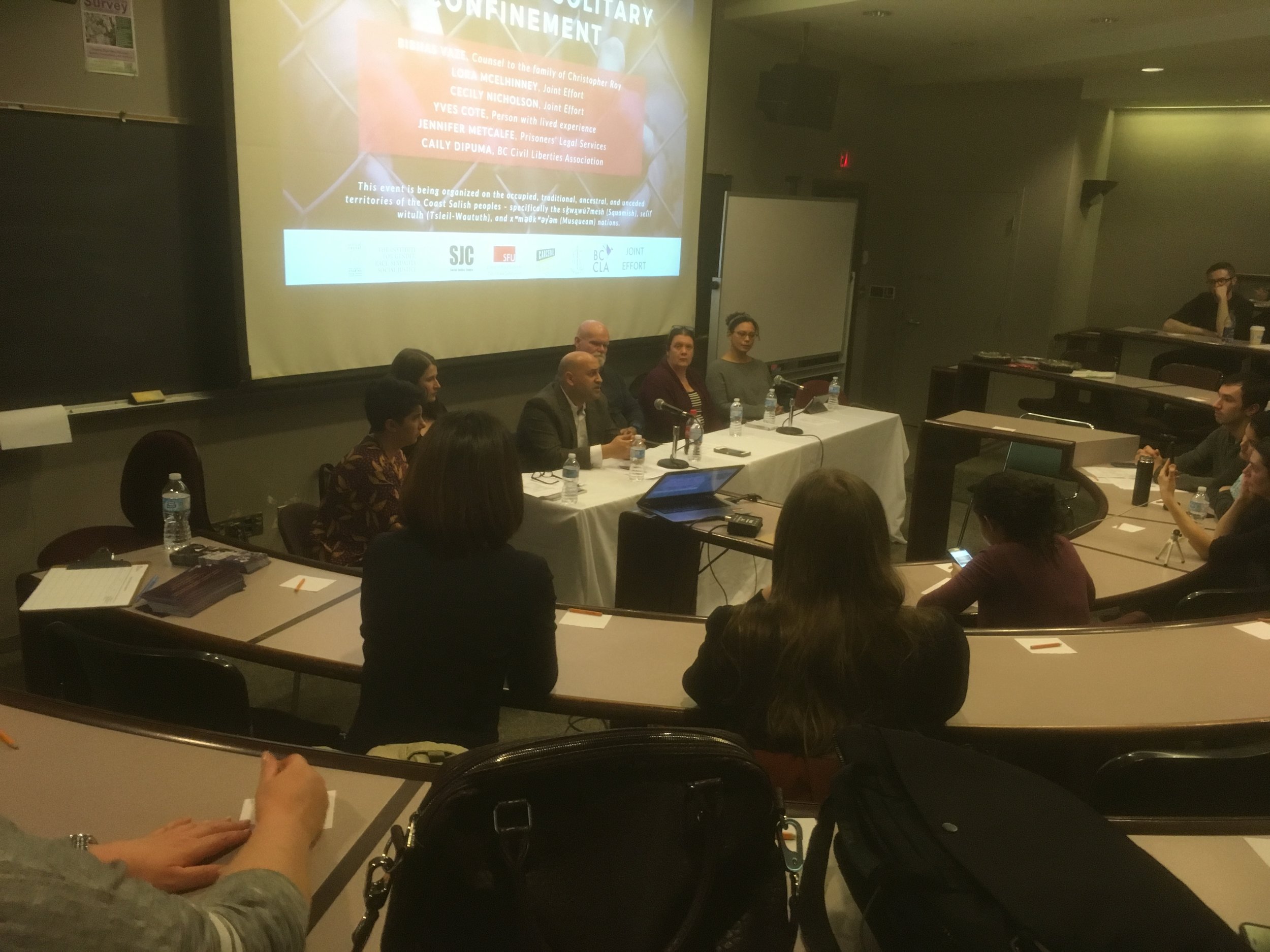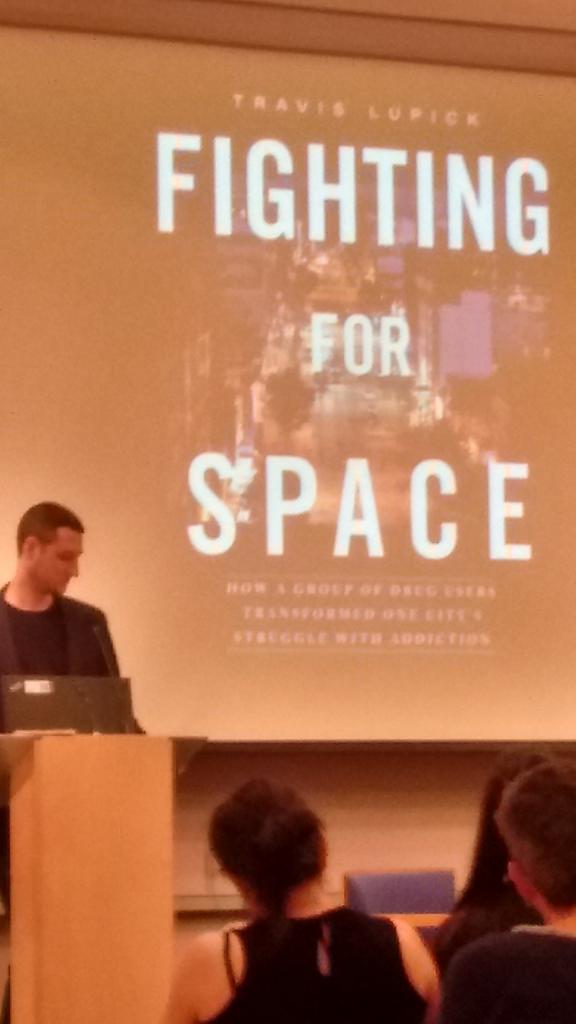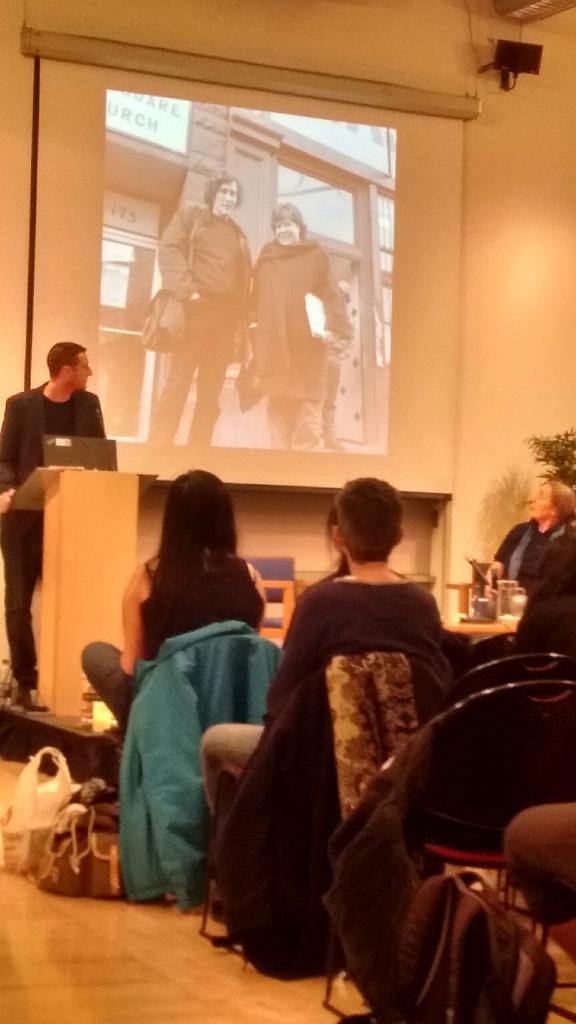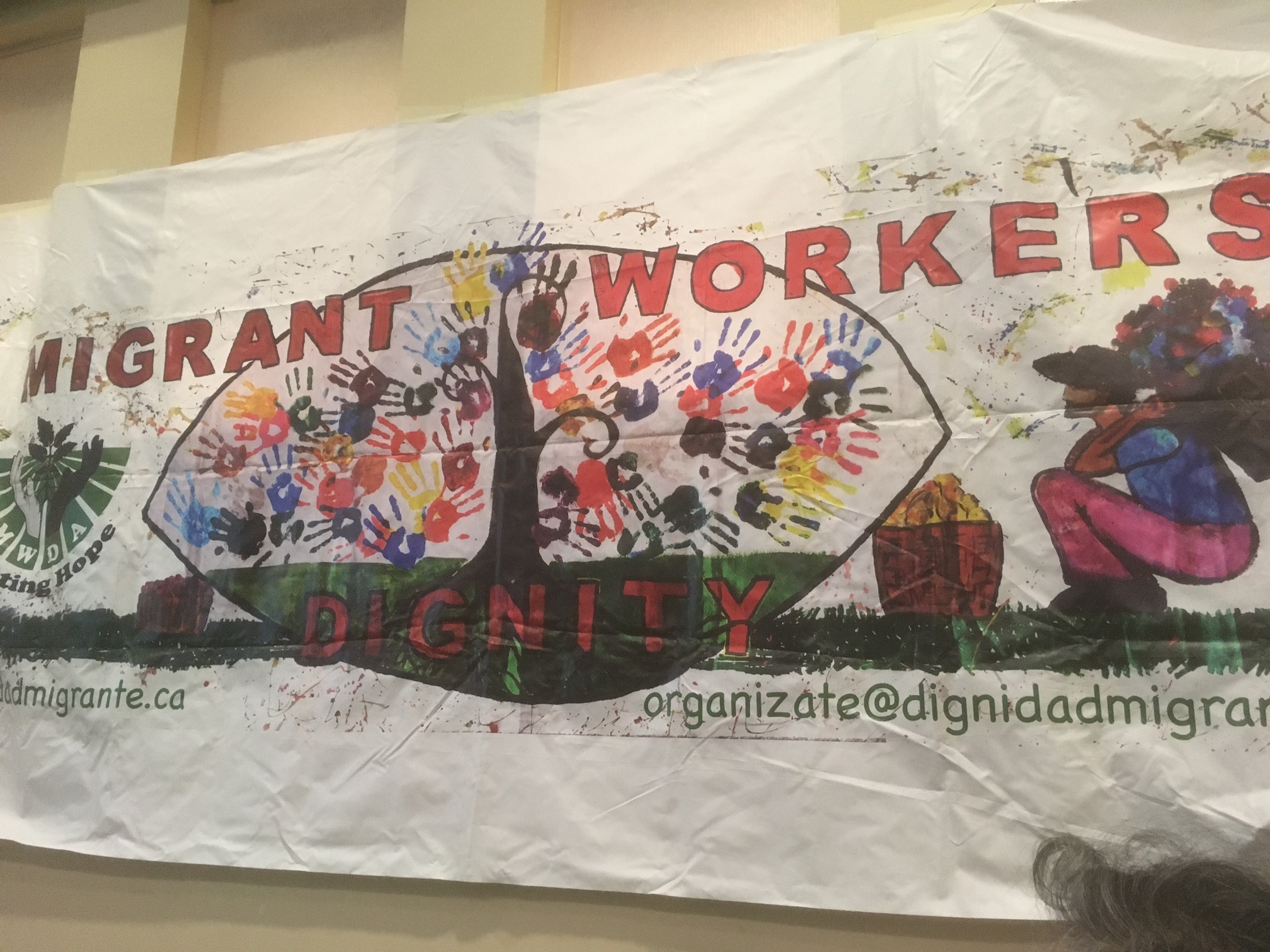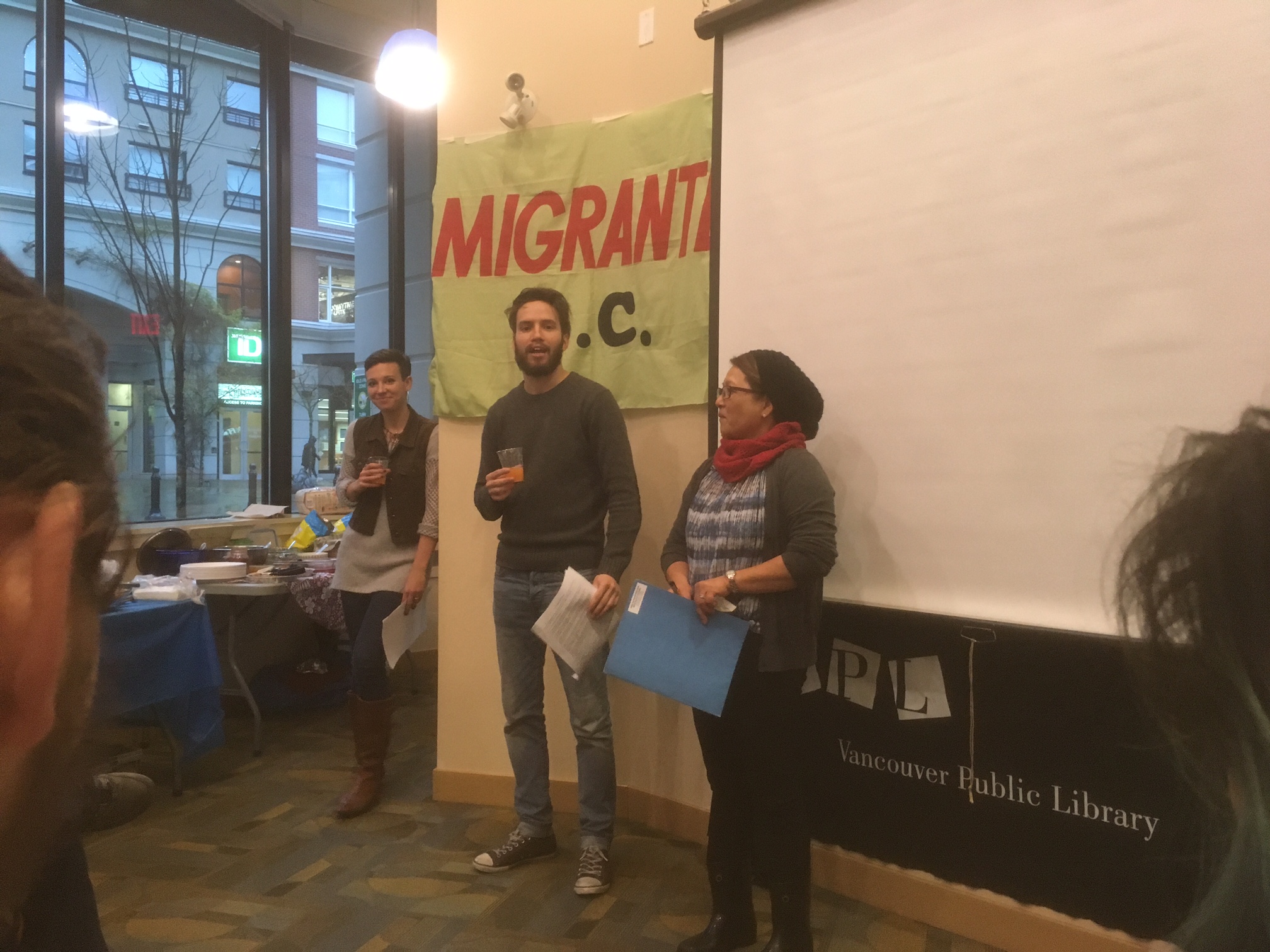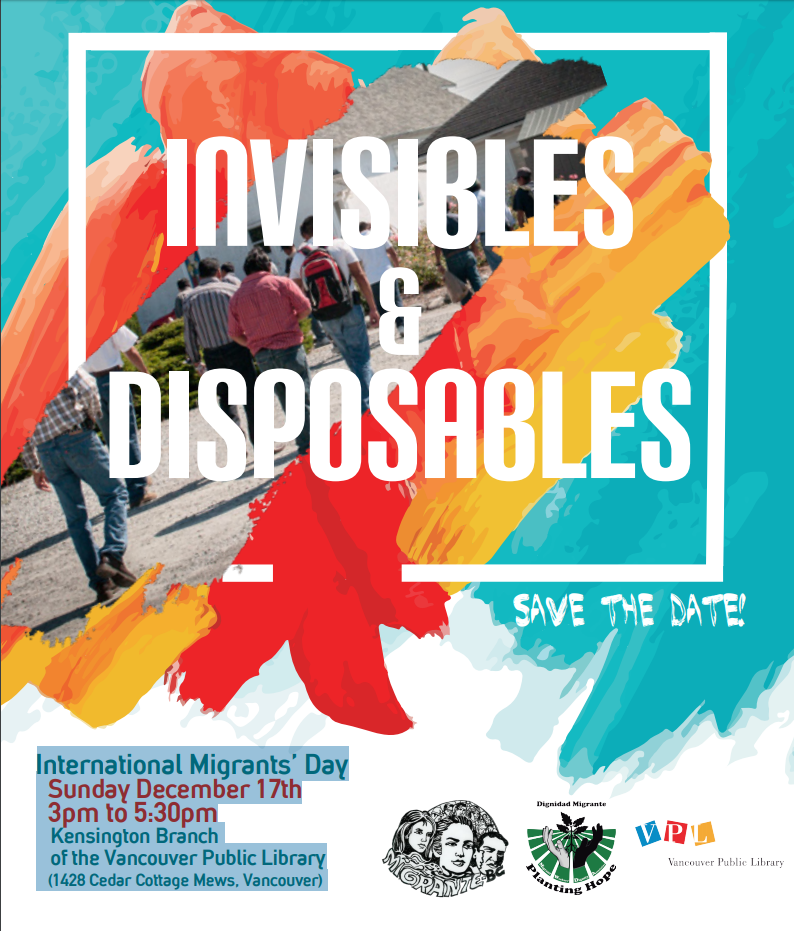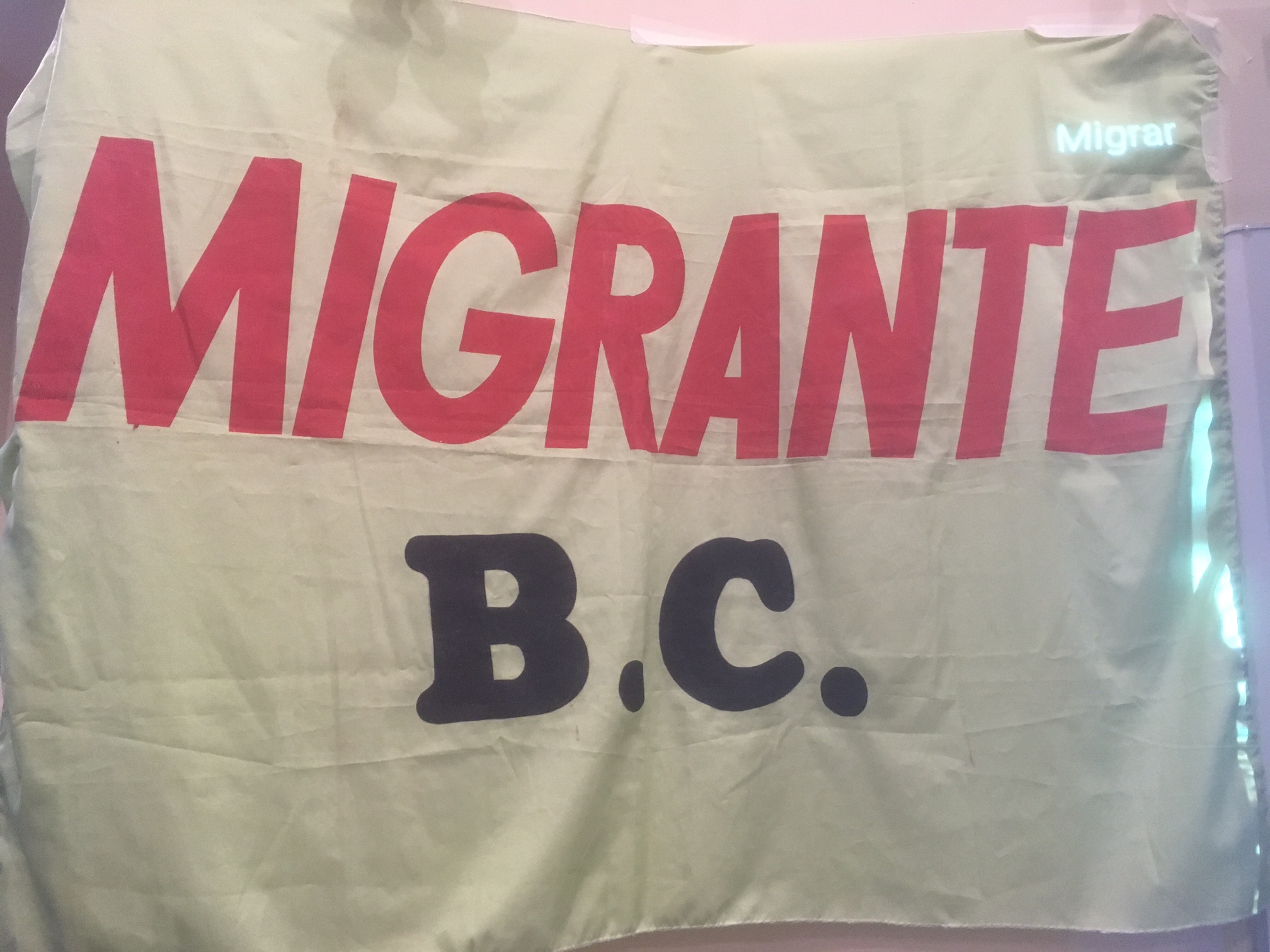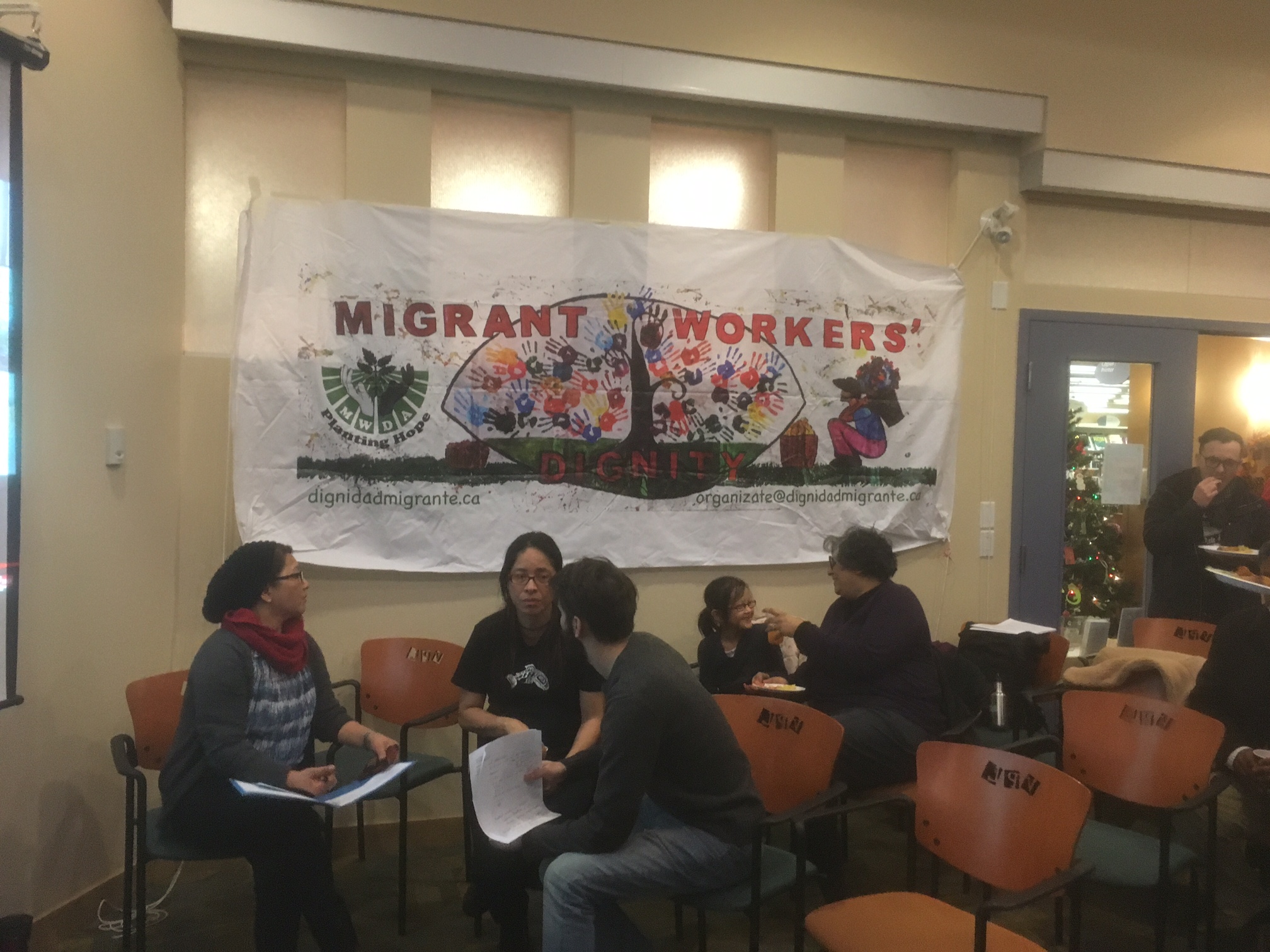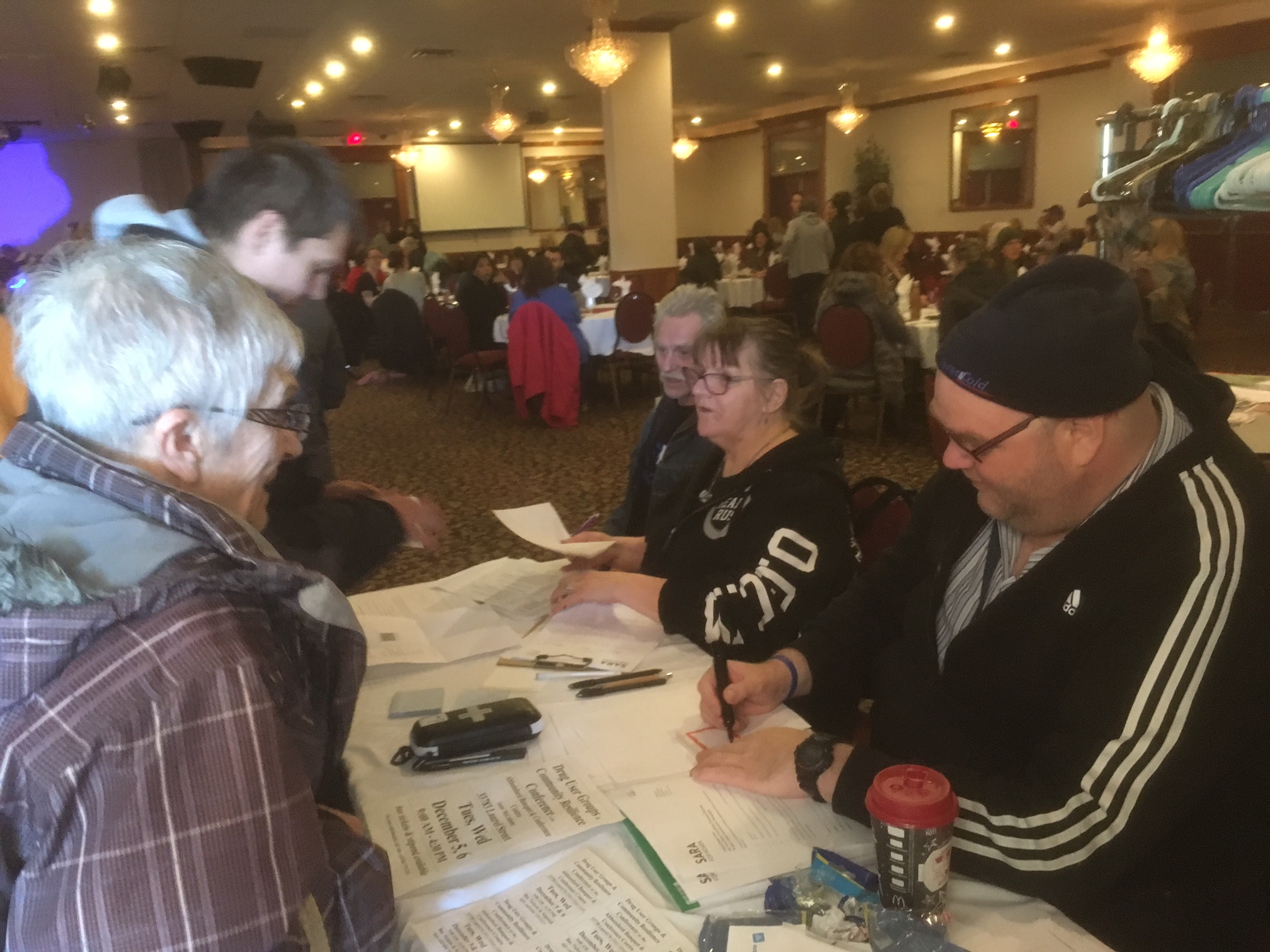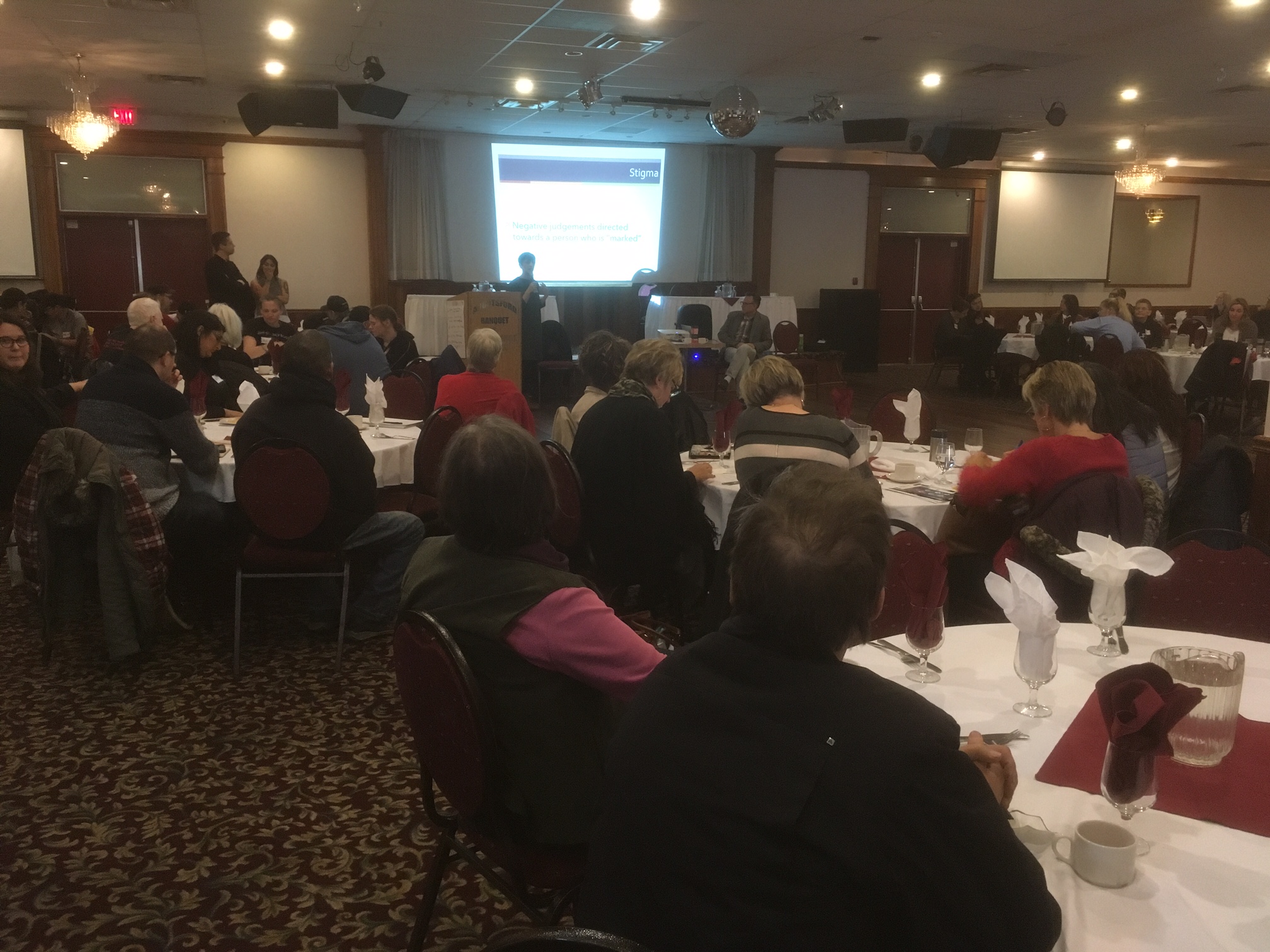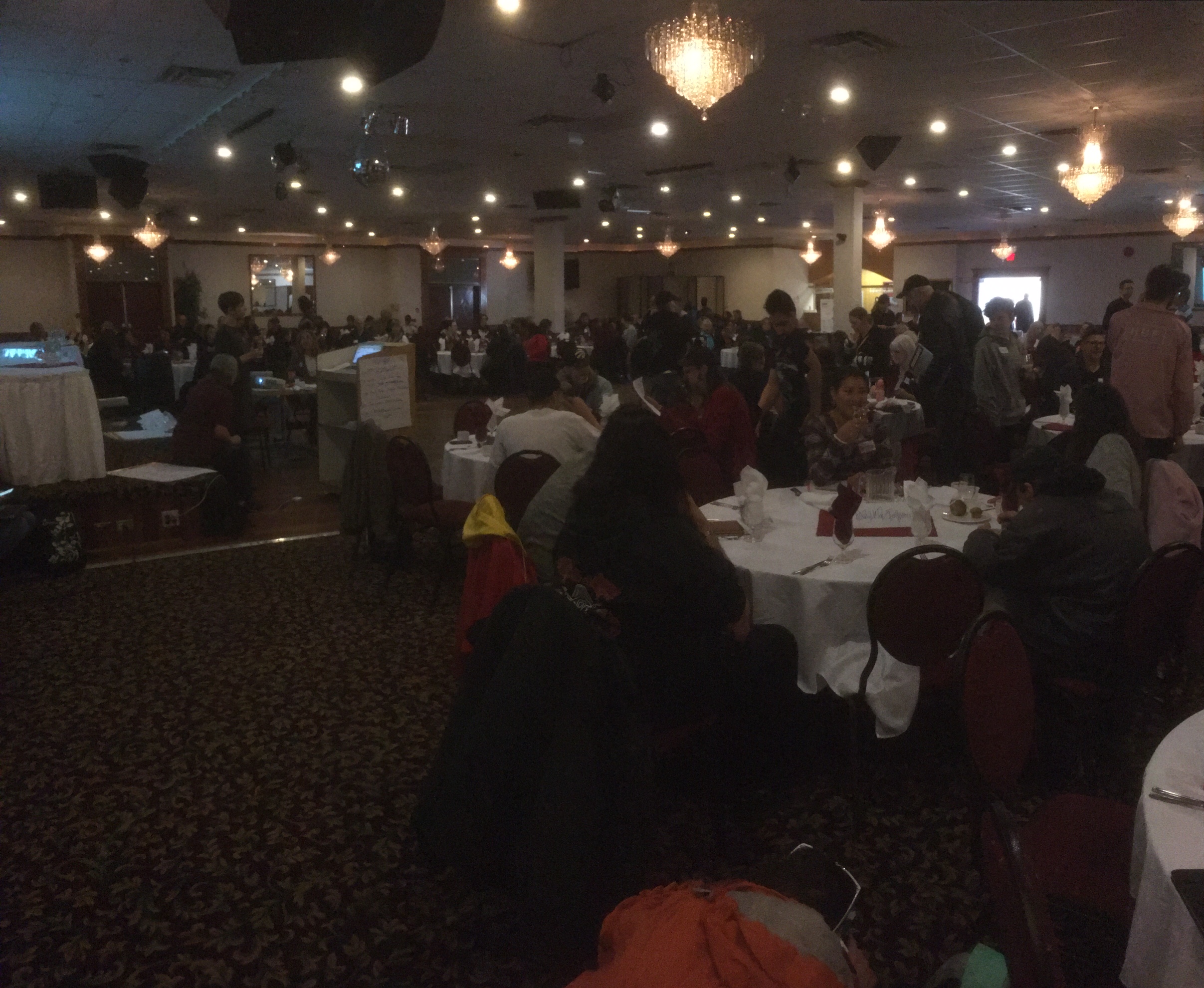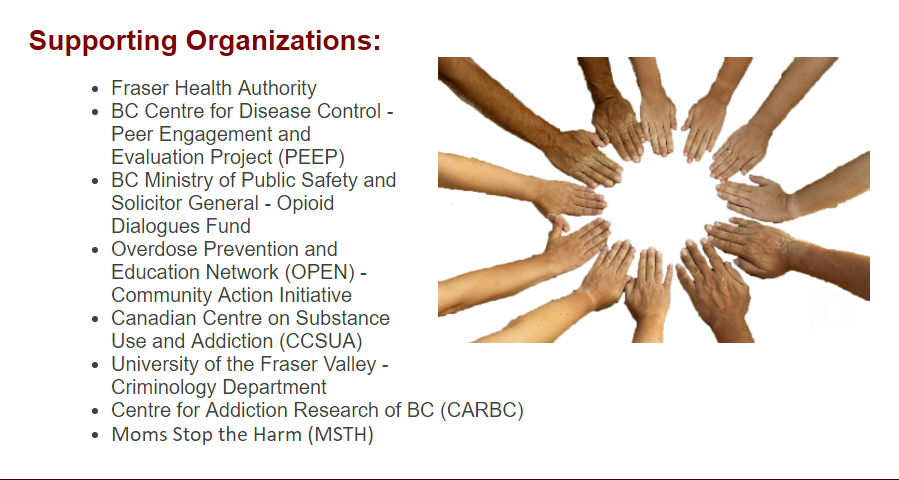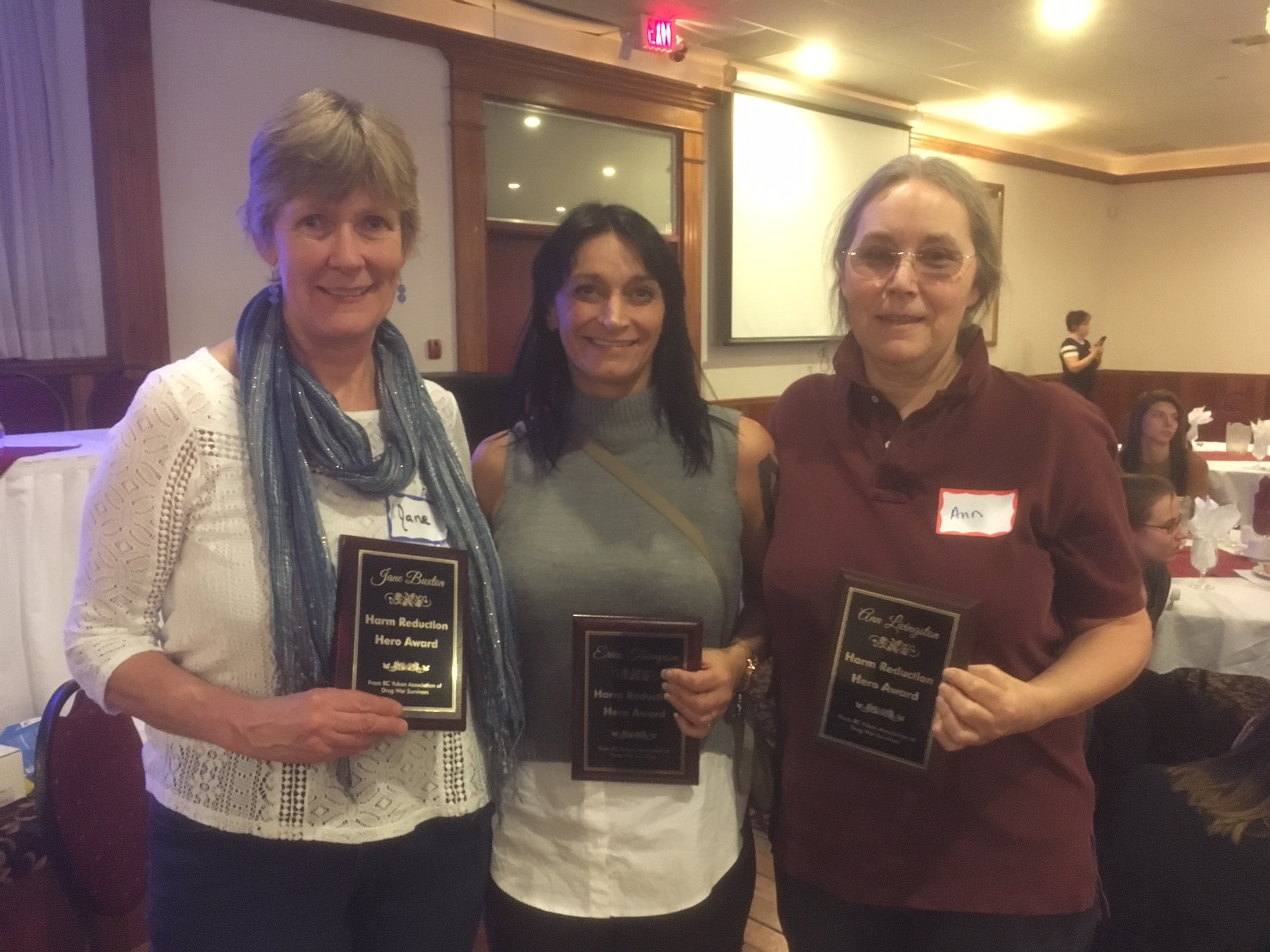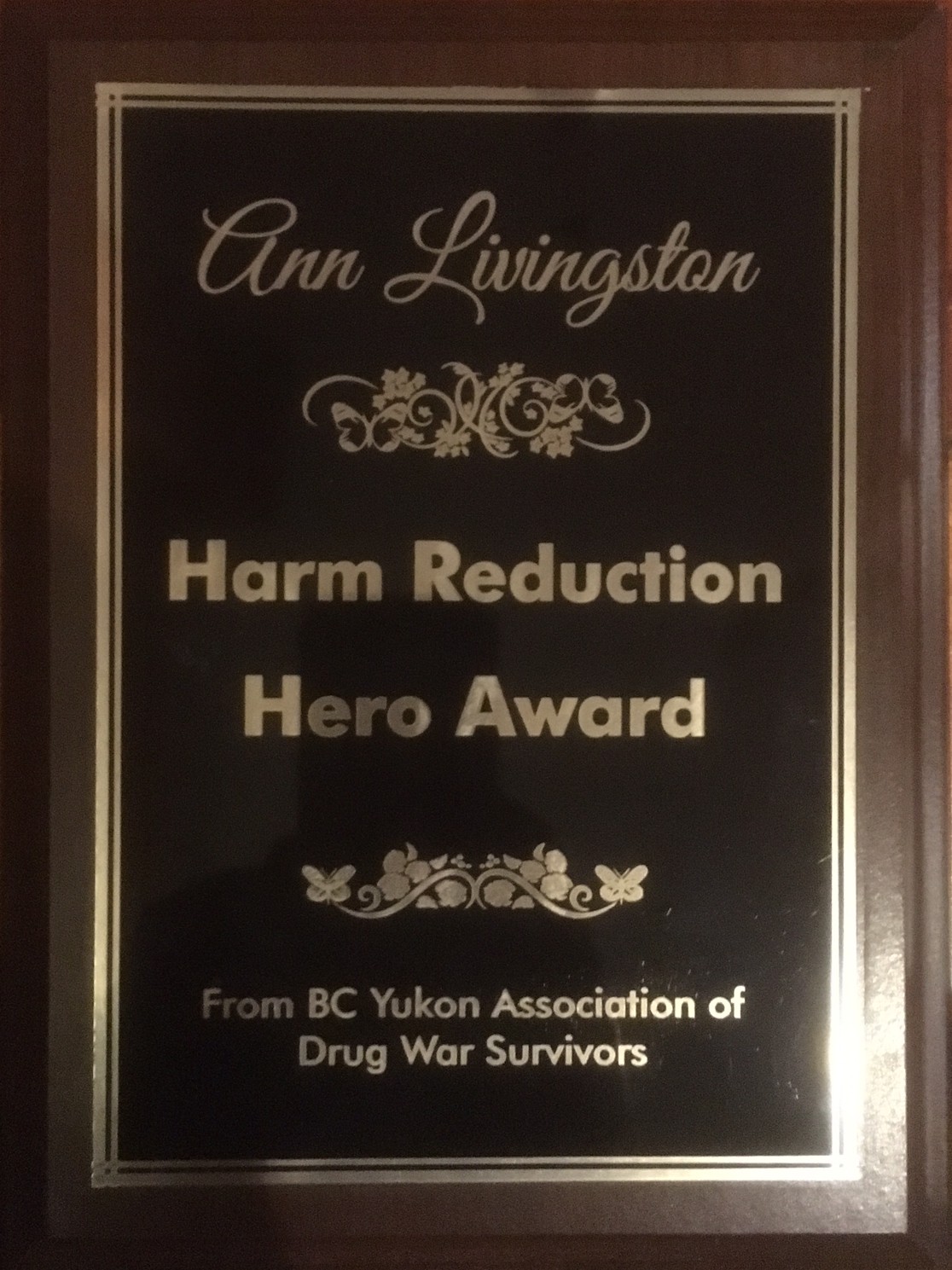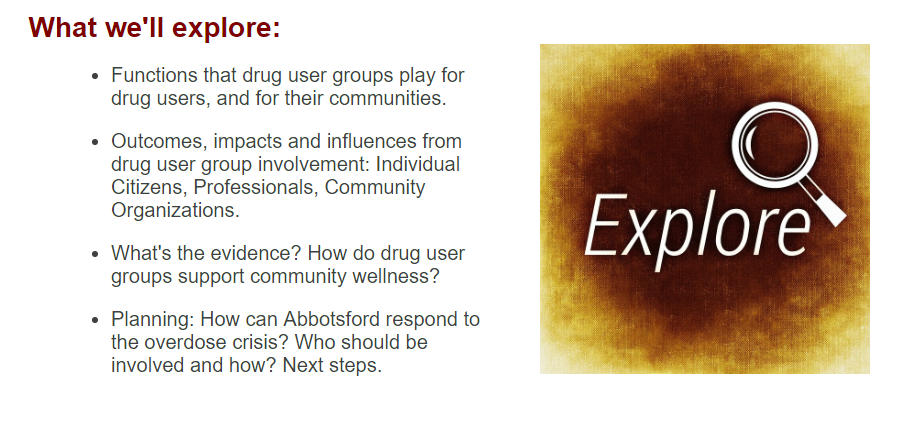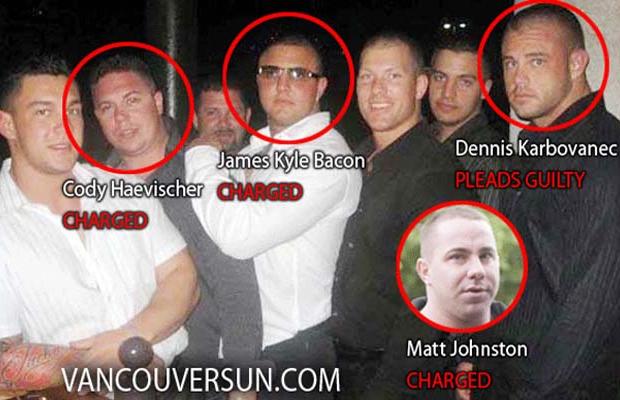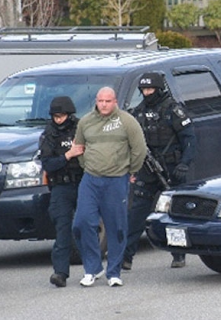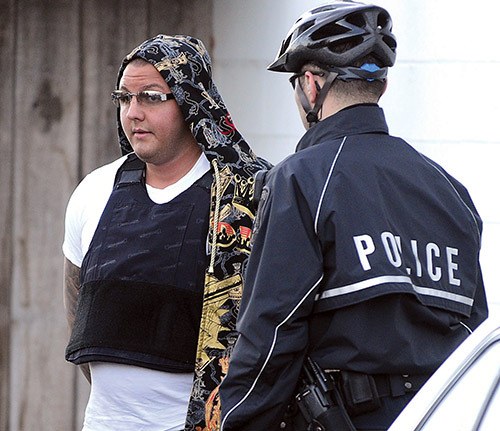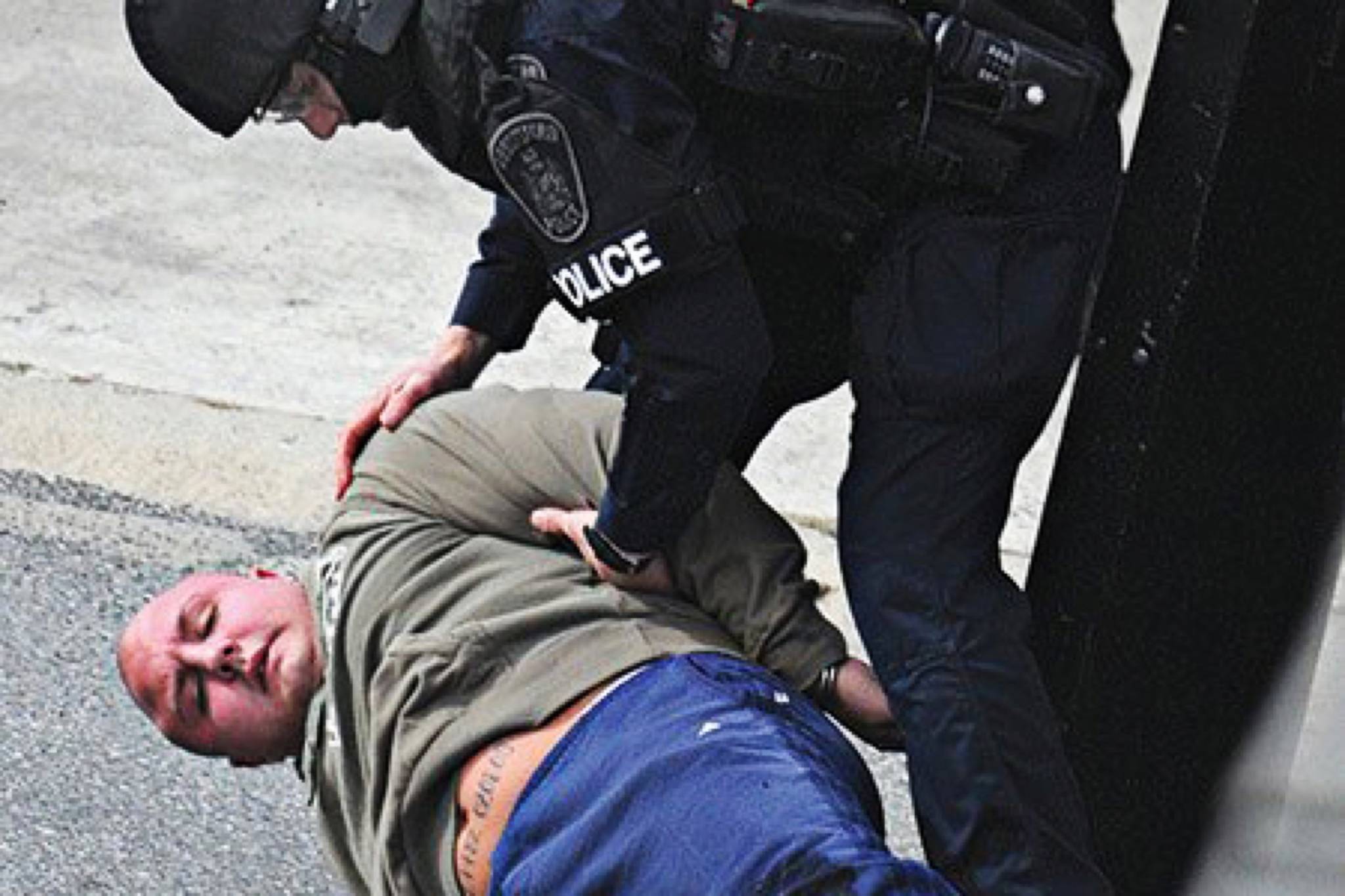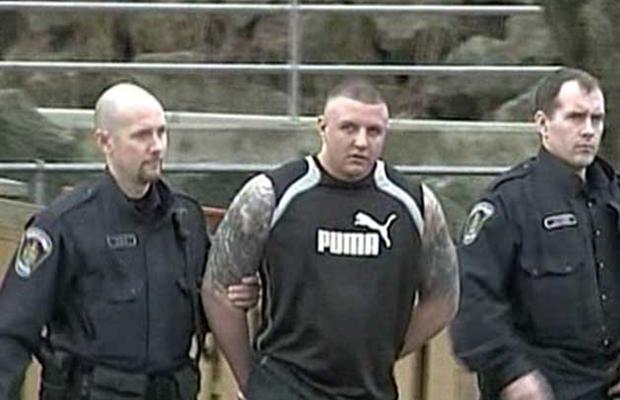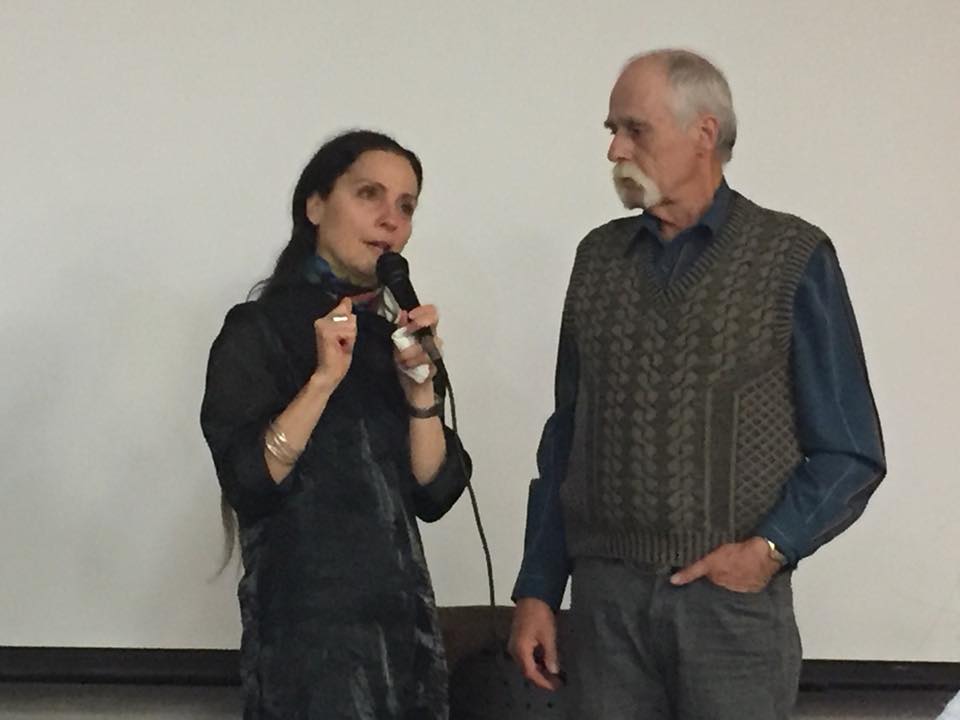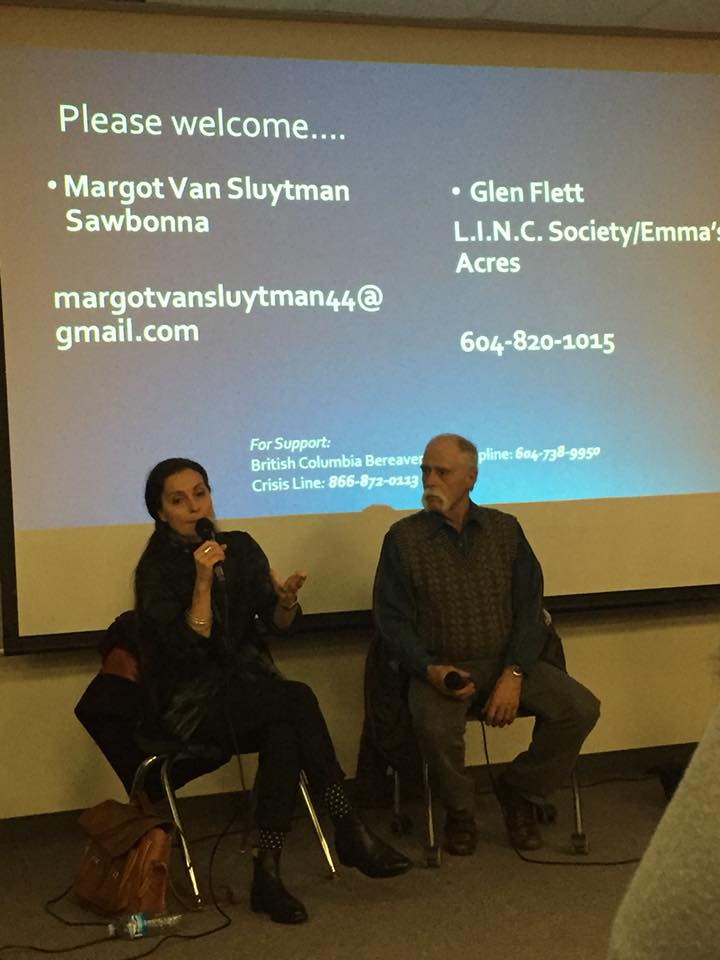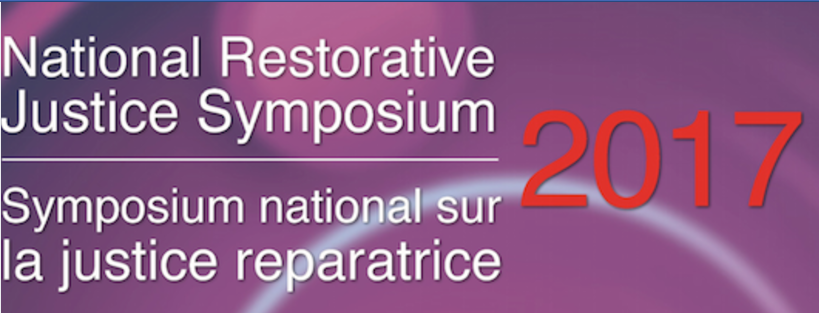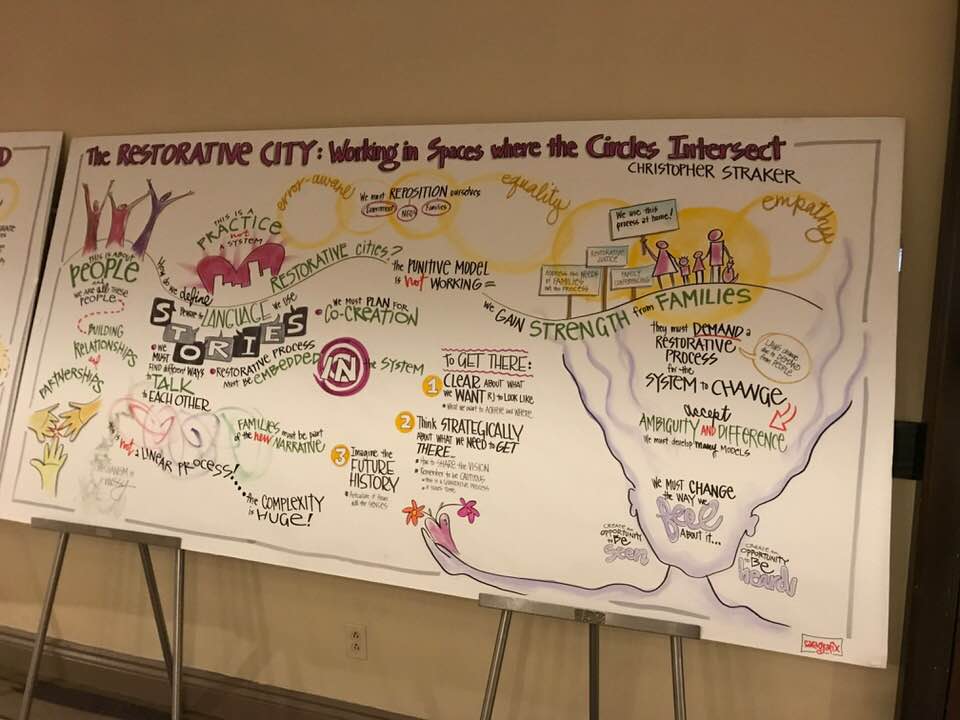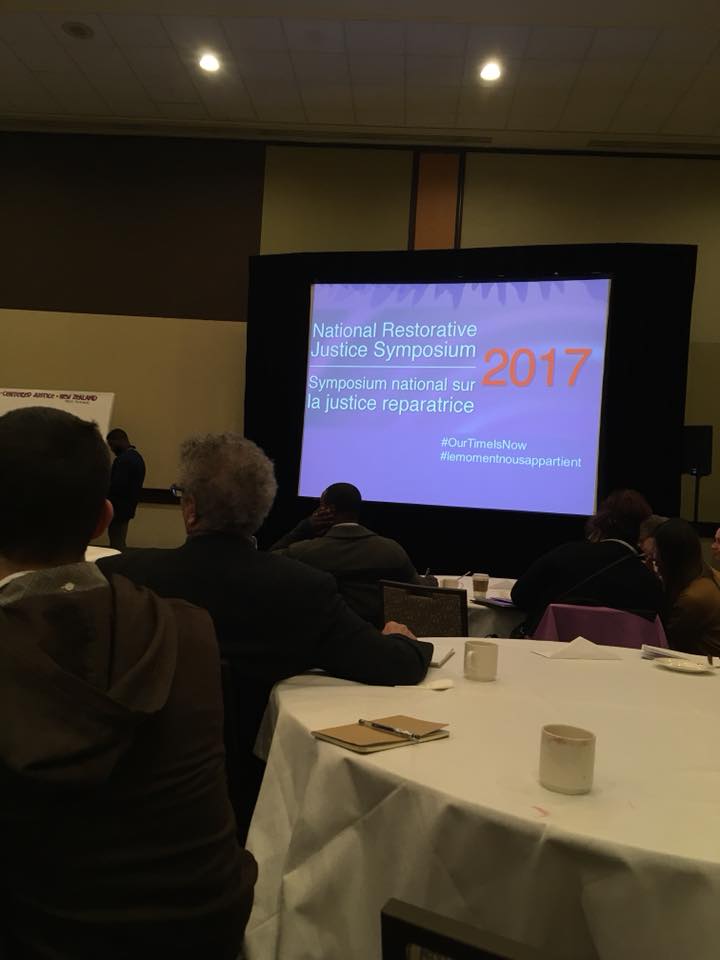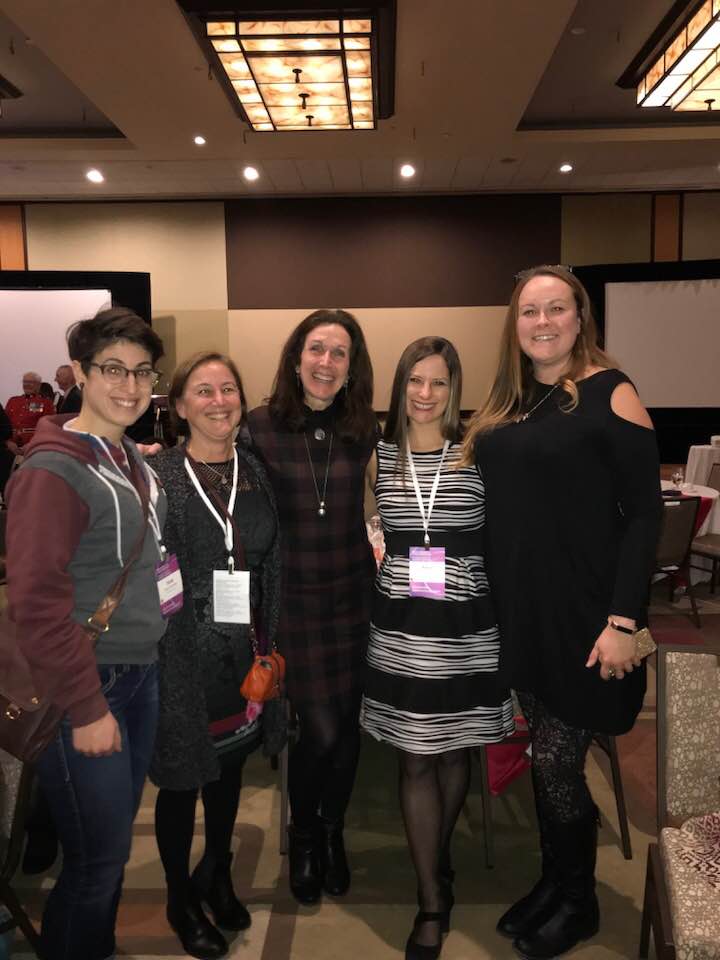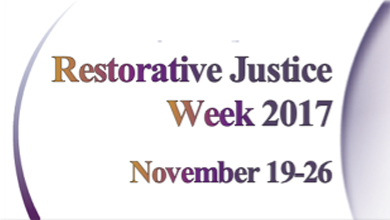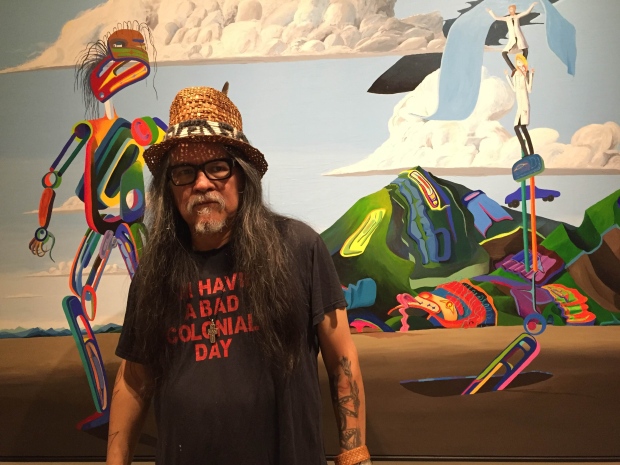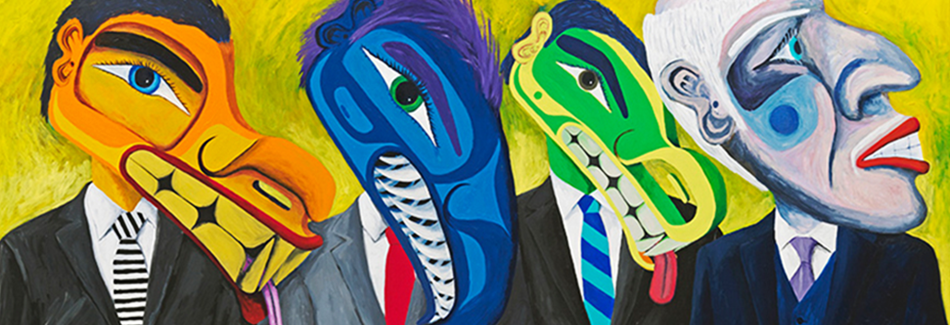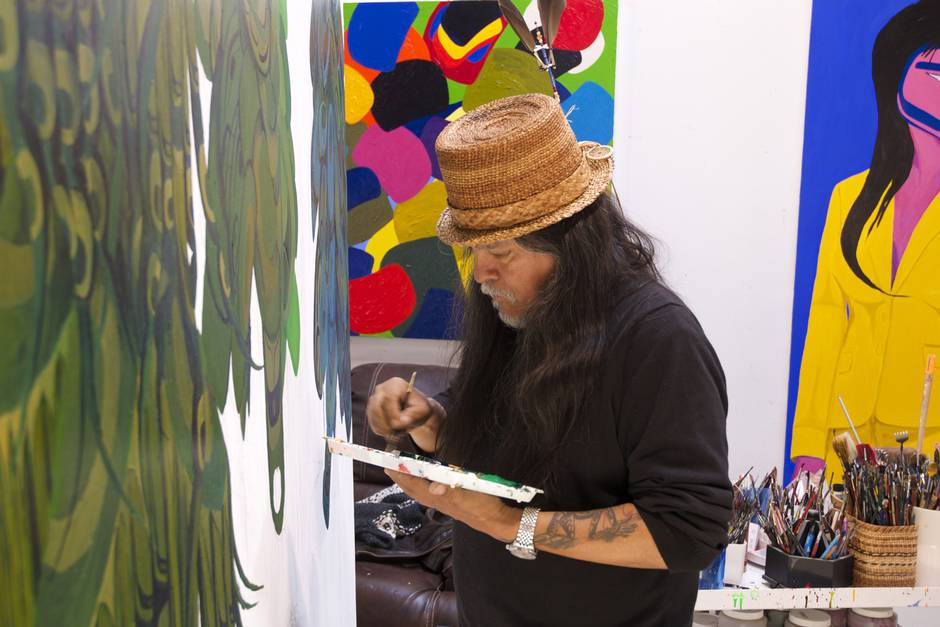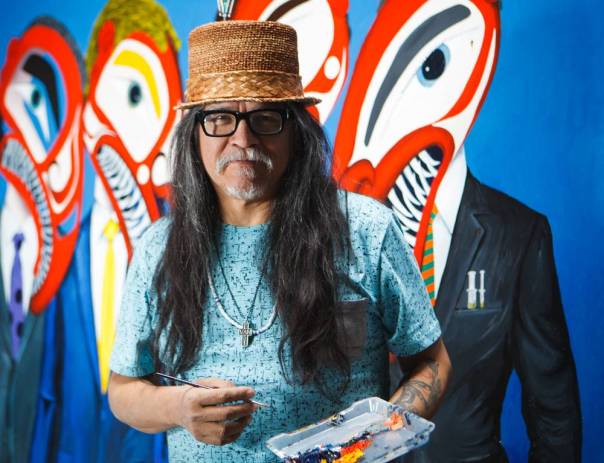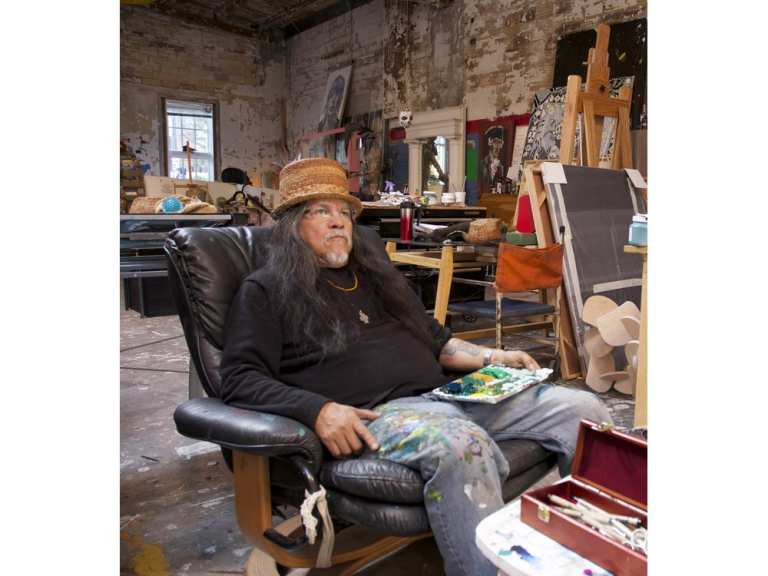By Jeff Shantz
Drug war laws, policing, and criminalization kill people. Straight up. They do so simply so that the state can regulate peoples’ bodies and what some people choose to put into them. And these bodies are regulated, punished, on the basis of class and racism. In a serious way death is a certain outcome of drug prohibition. In 2017, 1422 people died after using drugs in British Columbia alone. This year we are facing over 4000 overdose deaths in Canada. It must end now.
On February 20, 2018, people in communities across Canada stood up to call for an end to the drug war on the National Day of Action on Drug Decriminalization. I participated in the rally, march, and red zoning of the Law Courts building in Vancouver along with about 200 people who turned out on a frigid day. Actions across the country put forward the message that “Injustice is Fatal.” There were five common demands:
1. Decriminalize all drugs immediately
2. Decarcerate those with drug convictions
3. Defund the Department of Justice and use the resources to properly fund and support health care initiatives
4. End red zoning which places conditions on people that restricts their access to parts of the city even if they have not been convicted of anything
5. Expansion of needle distribution and overdose prevention systems, including in prisons
The rally began in Victory Square at Hastings and Cambie in downtown Vancouver. Jordan Westfall, executive director of the Canadian Association of People who Use Drugs (CAPUD) asserted the five demands. He pointed out the social and health related harms of criminalization.
The next speaker was Dr. Susan Boyd who pointed out that in 1998 there was a press conference with activist Bud Osborne and Member of Parliament Libby Davies in which they explained that these deaths are preventable, and why. Government in Canada has ignored their call. Dr. Boyd noted that from 2010 to now, drug arrest stats, for heroin, meth, and now fentanyl possession have been increasing instead of decreasing. She asked: “Why are we arresting anyone for drug possession?” In the midst of a crisis we must decriminalize drug use, open overdose prevention sites, and make prescribed drugs available.
Following these introductory speeches we marched to the Law Courts to raise the demands. At the courthouse participants spoke out against the drug wars. First up was Dave from VANDU (Vancouver Area Network of Drug Users). He argued that stigmatization will not end without decriminalization.
The next speaker was Malcolm of the Western Aboriginal Harm Reduction Society. He reported that yesterday alone he saw six cops around one person just to grab there stuff (as police continue to steal belongings from poor people). He added that racism against Indigenous people is a central part of the drug war in British Columbia. Acknowledging the strength and community of people in the downtown eastside, Malcolm ended by saying: “Down here we are all family.”
Following was Simona of the BC-Yukon Drug War Survivors. She told the gathering that she was arrested most recently in front of VANDU. She was red zoned and told she could not go to Main and Hastings. This meant that she could not access her programs at the Carnegie Centre. This is purely vindictive by the state. She wanted those assembled to know that she uses drugs an she is alright—sand wants to assert that clearly and strongly.
Scott, a social worker in the downtown eastside started by saying that he has spent years in jail himself and was jailed because of drugs. He wanted people to know that he never got any help in jail, for anything. He now works with people who are criminalized and insists that we need to change drug laws and how we relate to people and work together. He noted that substance use is a way of dealing with oppression in this world (including the oppression of policing). People in the downtown eastside are among the most oppressed and have much to cope with. Drugs are a coping tool.
Several speakers emphasized the injustice of red zoning. Red zones carve people out of their communities, restrict access to family, friends, and needed services. Red zones hurt people who are not convicted of anything. It is a form of profiling, and poor bashing (the state would never dream of red zoning corporate criminals). It is a violation of peoples’ rights. Quite simply, red zoning needs to end.
A key theme of the day, stressed by several who spoke, was the foundation of reciprocity, giving, and sharing that marks community in the downtown eastside. Culture saves lives. Several people suggested this makes it the healthiest community in Vancouver, distinct from areas of social separation and apathetic detachment.
Counter to this are the actions of police. Several speakers spoke to the fact that police steal peoples’ homes and belongings on a regular basis. And we need to recognize this for what it is—theft and violence. Cops are robbing trusted dealers and forcing people to go to dealers they cannot trust. Obscenely, police are using the crises to push for increased budgets and looking to diversify or rebrand as harm reduction or healthcare services (which they cannot actually provide and should not be involved in anyway). And they consume resources that could be better deployed among real healthcare and social care organizations (including, of course, grassroots ones). In some jurisdictions drug war cops are looking to cash in on upcoming cannabis legalization in a despicable display of hypocritical Canadian justice.
In Neil Magnusson’s words, the war on drugs is actually a war on people. Criminalization is the only crime. Prohibition kills. Use is not criminal. In his view, cops only play a role in hurting people. He argued that the only people who should be arrested are politicians and public servants, including cops, who are harming people through criminalization and prohibition. He made a call to arrest Prime Minister Justin Trudeau. The managers of the drug was have real blood on their hands.
The action ended with a symbolic red zoning of the courthouse as those assembled locked arms in a human chain closing off the entrance.
As Scott suggested: “End the drug war—Love the People.”
